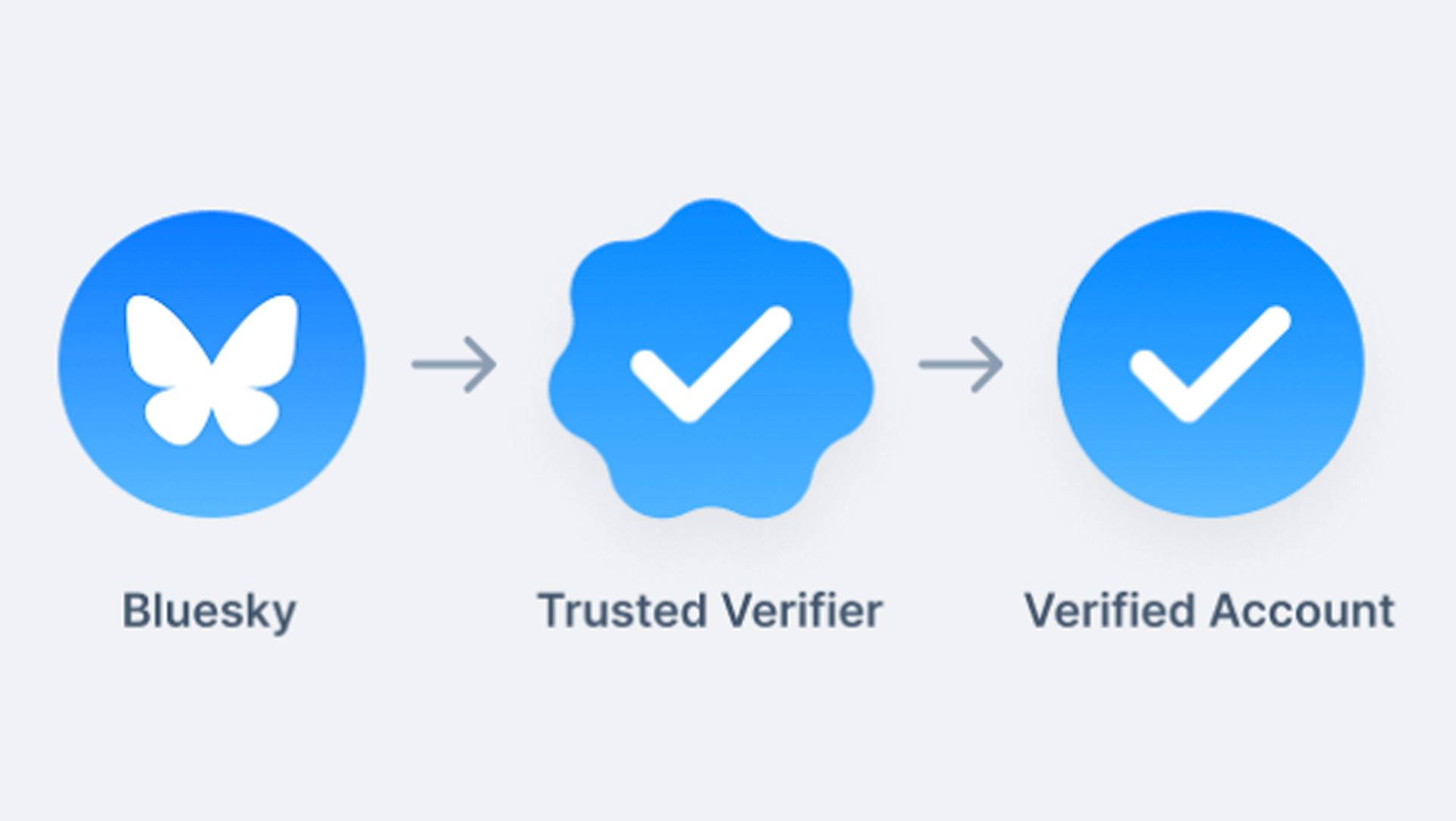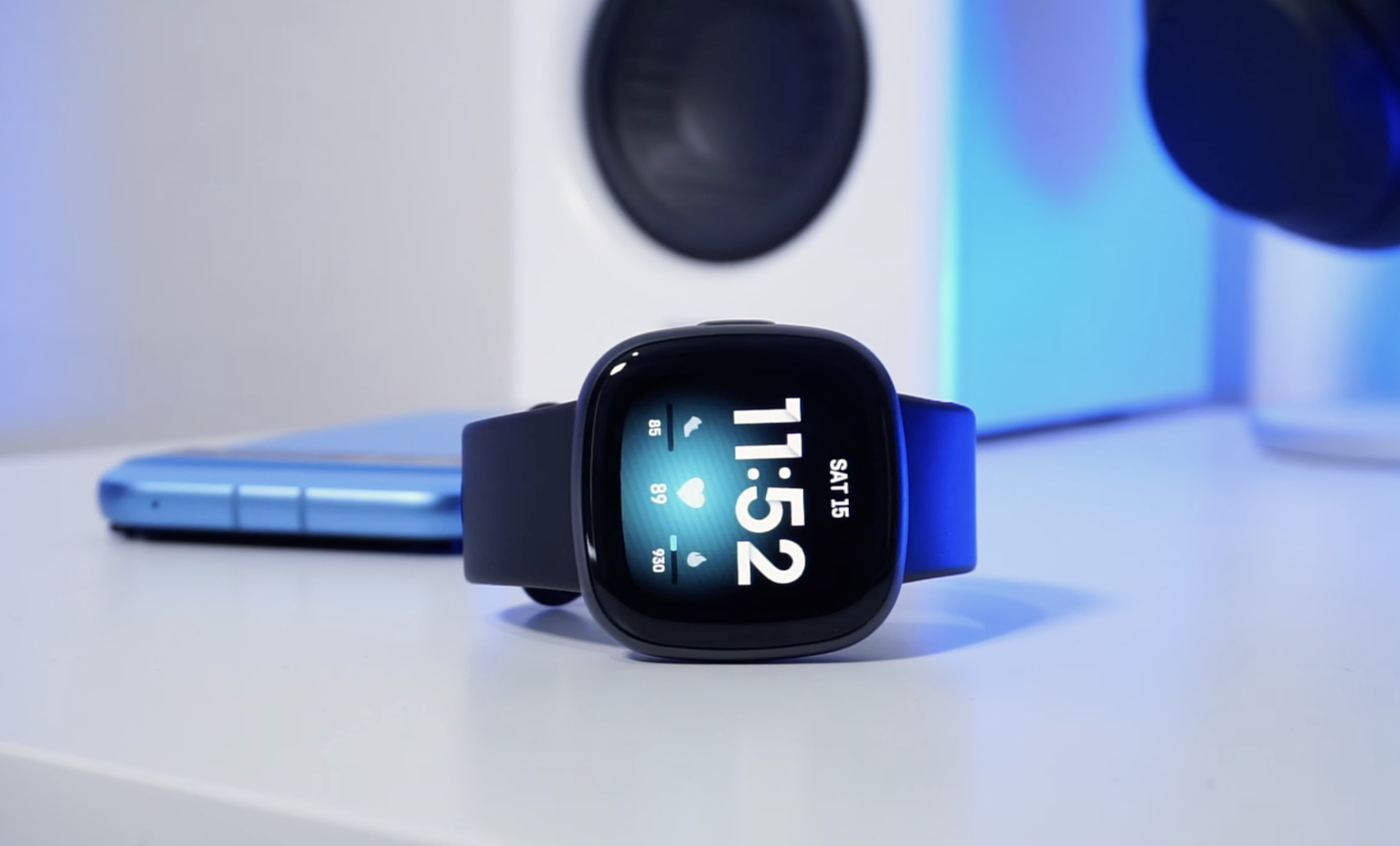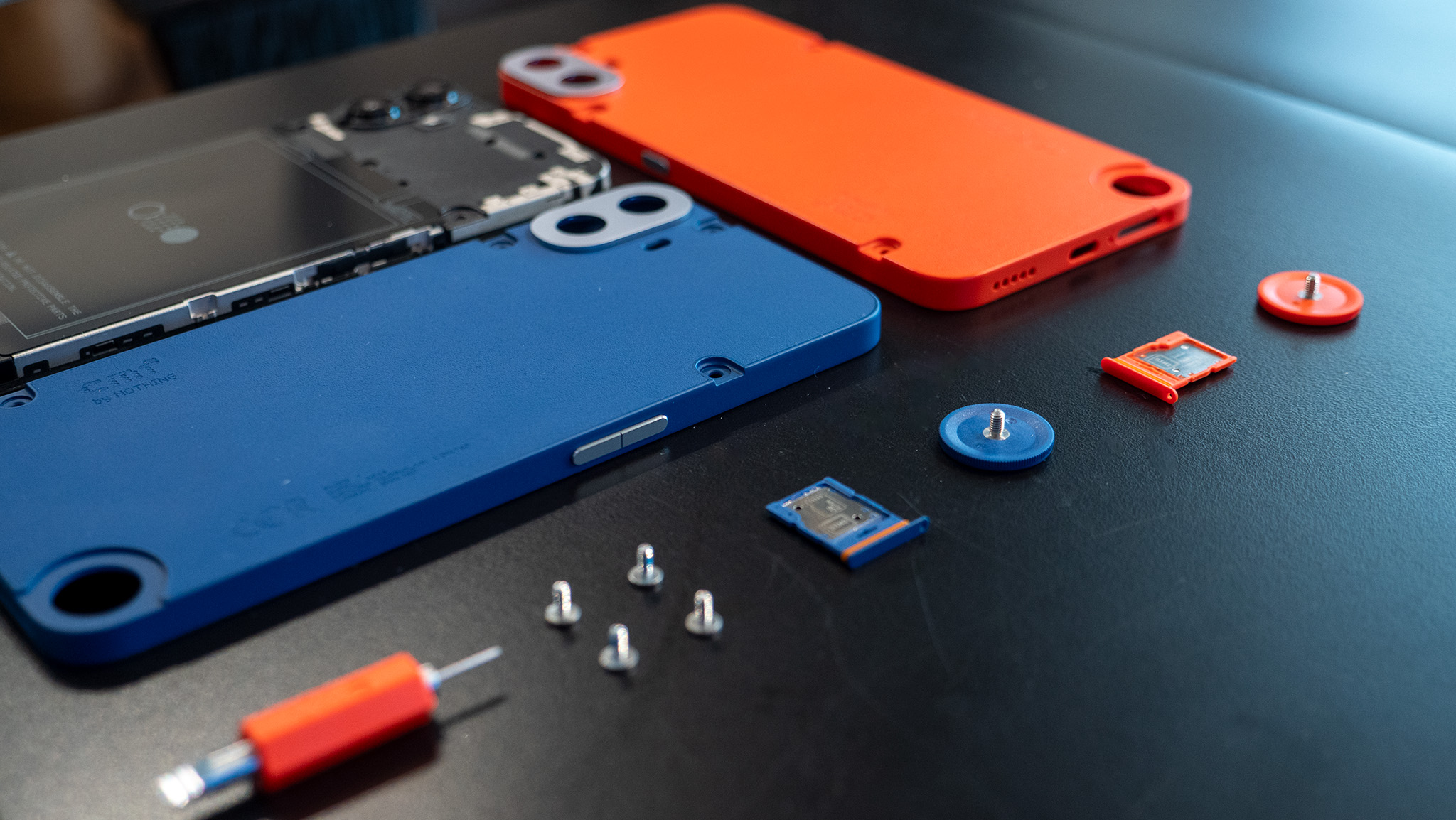Can a Diabetic Eat Grits? Everything You Should Know
Many people with diabetes wonder about safe food options. Grits, a common Southern dish, often comes up. So, can a diabetic eat grits? The short answer is yes, but with care and planning. In this post, you will learn how grits affect blood sugar, and how to eat them wisely. What Are Grits? Grits are ground corn cooked in water or milk. They are soft, creamy, and often eaten as a breakfast dish. In the U.S., grits are especially popular in the South. However, their high carbohydrate content raises concerns for diabetics. Indeed, grits come in different types. These include stone-ground, quick, and instant grits. Stone-ground grits are the least processed. They have more fiber, which slows down sugar absorption. Therefore, they may be a better option for diabetics. Grits and Carbohydrates Grits are rich in carbs. One cup of cooked grits contains about 38 grams of carbohydrates. For diabetics, this matters. High-carb foods can raise blood sugar quickly. However, not all carbs act the same. Grits made from whole corn digest slower. They cause a gentler rise in blood sugar. In contrast, instant grits digest faster and spike glucose more. Thus, choosing the right type is key. Furthermore, pairing grits with protein or healthy fats slows digestion. This can help reduce blood sugar spikes after eating. Glycemic Index of Grits The glycemic index (GI) measures how fast a food raises blood sugar. Foods with a GI under 55 are low. Those above 70 are high. Instant grits have a GI around 69 to 80. That’s considered high. Therefore, they can spike blood sugar levels fast. On the other hand, stone-ground grits have a lower GI. They range between 40 to 60, depending on preparation. In addition, adding fiber-rich toppings lowers the overall GI of the meal. For example, adding vegetables or avocado helps control glucose levels better. Health Benefits of Grits Grits also offer some health benefits. They contain iron, B vitamins, and antioxidants. These nutrients support energy, nerve function, and immune health. In fact, grits are naturally gluten-free. This makes them suitable for diabetics who also avoid gluten. However, nutritional value varies by type. Stone-ground grits are more nutritious than quick or instant varieties. Certainly, grits can be part of a healthy meal. But diabetics must watch portions and pair them wisely. How to Eat Grits Safely with Diabetes Diabetics can eat grits with a few adjustments. Here are some helpful tips: Choose stone-ground or old-fashioned grits. These digest slower and are less processed. Avoid instant or quick grits. They raise blood sugar too fast. Add protein and healthy fat. Eggs, cheese, or nuts help slow sugar absorption. Watch your portion size. Stick to half a cup cooked or less. Skip the sugar. Sweetened grits are not diabetic-friendly. Add fiber-rich foods. Try spinach, kale, or flaxseed as toppings. Besides, meal planning is vital. Grits should not be the main carb in your meal. Instead, include them as a small part of a balanced plate. Alternatives to Grits for Diabetics Some diabetics may prefer other breakfast options. Here are a few alternatives: Steel-cut oats. High in fiber and lower GI. Quinoa. Packed with protein and complex carbs. Chia pudding. Rich in omega-3s and fiber. Cauliflower grits. Low-carb and diabetic-friendly. These options offer more fiber and protein. They also keep blood sugar levels stable. However, if you enjoy grits, there's no need to give them up entirely. Moderation and smart choices make them safe. What the Experts Say Nutritionists agree that portion control is crucial. Grits are not off-limits for diabetics. However, combining them with other nutrients is important. In addition, the American Diabetes Association recommends choosing whole grains over refined grains. Stone-ground grits fall closer to whole grains than instant ones. Similarly, the Glycemic Index Foundation supports combining high GI foods with low GI foods. This balance helps manage blood sugar better. Practical Meal Ideas with Grits Here are some meal ideas for diabetics who enjoy grits: Grits and eggs with spinach – Add olive oil for healthy fat. Cheese grits with turkey sausage – Low in sugar, high in protein. Grits with avocado and tomato – Rich in fiber and nutrients. Also, avoid butter-heavy or sugary toppings. These can spike blood sugar and increase calories fast. Final Thoughts So, can a diabetic eat grits? Yes, but they must choose carefully. Stone-ground grits are the best option. They digest slower and provide more nutrients. Instant grits should be avoided or eaten rarely. Furthermore, diabetics should always check their blood sugar after trying new foods. This helps them see how their body reacts. Equally important, consult your doctor or dietitian before changing your diet. Everyone’s needs are different. In conclusion, grits can fit into a diabetic meal plan. Portion size, food pairing, and the type of grits all play a big role.

Many people with diabetes wonder about safe food options. Grits, a common Southern dish, often comes up. So, can a diabetic eat grits? The short answer is yes, but with care and planning. In this post, you will learn how grits affect blood sugar, and how to eat them wisely.
What Are Grits?
Grits are ground corn cooked in water or milk. They are soft, creamy, and often eaten as a breakfast dish. In the U.S., grits are especially popular in the South. However, their high carbohydrate content raises concerns for diabetics.
Indeed, grits come in different types. These include stone-ground, quick, and instant grits. Stone-ground grits are the least processed. They have more fiber, which slows down sugar absorption. Therefore, they may be a better option for diabetics.
Grits and Carbohydrates
Grits are rich in carbs. One cup of cooked grits contains about 38 grams of carbohydrates. For diabetics, this matters. High-carb foods can raise blood sugar quickly. However, not all carbs act the same.
Grits made from whole corn digest slower. They cause a gentler rise in blood sugar. In contrast, instant grits digest faster and spike glucose more. Thus, choosing the right type is key.
Furthermore, pairing grits with protein or healthy fats slows digestion. This can help reduce blood sugar spikes after eating.
Glycemic Index of Grits
The glycemic index (GI) measures how fast a food raises blood sugar. Foods with a GI under 55 are low. Those above 70 are high.
Instant grits have a GI around 69 to 80. That’s considered high. Therefore, they can spike blood sugar levels fast. On the other hand, stone-ground grits have a lower GI. They range between 40 to 60, depending on preparation.
In addition, adding fiber-rich toppings lowers the overall GI of the meal. For example, adding vegetables or avocado helps control glucose levels better.
Health Benefits of Grits
Grits also offer some health benefits. They contain iron, B vitamins, and antioxidants. These nutrients support energy, nerve function, and immune health.
In fact, grits are naturally gluten-free. This makes them suitable for diabetics who also avoid gluten. However, nutritional value varies by type. Stone-ground grits are more nutritious than quick or instant varieties.
Certainly, grits can be part of a healthy meal. But diabetics must watch portions and pair them wisely.
How to Eat Grits Safely with Diabetes
Diabetics can eat grits with a few adjustments. Here are some helpful tips:
Choose stone-ground or old-fashioned grits. These digest slower and are less processed.
Avoid instant or quick grits. They raise blood sugar too fast.
Add protein and healthy fat. Eggs, cheese, or nuts help slow sugar absorption.
Watch your portion size. Stick to half a cup cooked or less.
Skip the sugar. Sweetened grits are not diabetic-friendly.
Add fiber-rich foods. Try spinach, kale, or flaxseed as toppings.
Besides, meal planning is vital. Grits should not be the main carb in your meal. Instead, include them as a small part of a balanced plate.
Alternatives to Grits for Diabetics
Some diabetics may prefer other breakfast options. Here are a few alternatives:
Steel-cut oats. High in fiber and lower GI.
Quinoa. Packed with protein and complex carbs.
Chia pudding. Rich in omega-3s and fiber.
Cauliflower grits. Low-carb and diabetic-friendly.
These options offer more fiber and protein. They also keep blood sugar levels stable.
However, if you enjoy grits, there's no need to give them up entirely. Moderation and smart choices make them safe.
What the Experts Say
Nutritionists agree that portion control is crucial. Grits are not off-limits for diabetics. However, combining them with other nutrients is important.
In addition, the American Diabetes Association recommends choosing whole grains over refined grains. Stone-ground grits fall closer to whole grains than instant ones.
Similarly, the Glycemic Index Foundation supports combining high GI foods with low GI foods. This balance helps manage blood sugar better.
Practical Meal Ideas with Grits
Here are some meal ideas for diabetics who enjoy grits:
Grits and eggs with spinach – Add olive oil for healthy fat.
Cheese grits with turkey sausage – Low in sugar, high in protein.
Grits with avocado and tomato – Rich in fiber and nutrients.
Also, avoid butter-heavy or sugary toppings. These can spike blood sugar and increase calories fast.
Final Thoughts
So, can a diabetic eat grits? Yes, but they must choose carefully. Stone-ground grits are the best option. They digest slower and provide more nutrients. Instant grits should be avoided or eaten rarely.
Furthermore, diabetics should always check their blood sugar after trying new foods. This helps them see how their body reacts.
Equally important, consult your doctor or dietitian before changing your diet. Everyone’s needs are different.
In conclusion, grits can fit into a diabetic meal plan. Portion size, food pairing, and the type of grits all play a big role. With the right choices, grits can be both safe and enjoyable.



































































![Apple Releases iOS 18.5 Beta 3 and iPadOS 18.5 Beta 3 [Download]](https://www.iclarified.com/images/news/97076/97076/97076-640.jpg)
![Apple Seeds visionOS 2.5 Beta 3 to Developers [Download]](https://www.iclarified.com/images/news/97077/97077/97077-640.jpg)
![Apple Seeds tvOS 18.5 Beta 3 to Developers [Download]](https://www.iclarified.com/images/news/97078/97078/97078-640.jpg)
![Apple Seeds watchOS 11.5 Beta 3 to Developers [Download]](https://www.iclarified.com/images/news/97079/97079/97079-640.jpg)













![What’s new in Android’s April 2025 Google System Updates [U: 4/21]](https://i0.wp.com/9to5google.com/wp-content/uploads/sites/4/2025/01/google-play-services-3.jpg?resize=1200%2C628&quality=82&strip=all&ssl=1)



















































































































































































![[The AI Show Episode 144]: ChatGPT’s New Memory, Shopify CEO’s Leaked “AI First” Memo, Google Cloud Next Releases, o3 and o4-mini Coming Soon & Llama 4’s Rocky Launch](https://www.marketingaiinstitute.com/hubfs/ep%20144%20cover.png)























































































































![BPMN-procesmodellering [closed]](https://i.sstatic.net/l7l8q49F.png)


















![From fast food worker to cybersecurity engineer with Tae'lur Alexis [Podcast #169]](https://cdn.hashnode.com/res/hashnode/image/upload/v1745242807605/8a6cf71c-144f-4c91-9532-62d7c92c0f65.png?#)




































.jpg?#)
.jpg?#)



























































